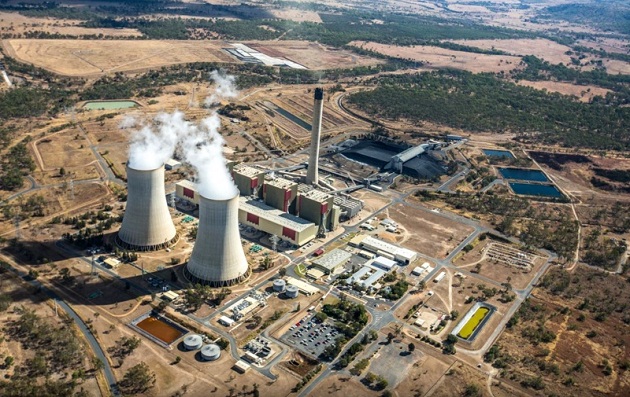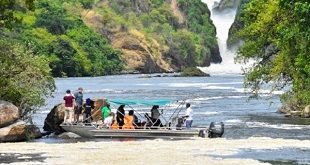Twenty-eight sites were at risk from dams or unsustainable water use, a further 28 from illegal logging, two from overfishing, and 20 from construction of roads or railways. Many sites were threatened in more than one category.
Countries are meant to assume responsibility under the World Heritage Convention to protect listed sites within their borders.

‘Not anti-development’
“The World Heritage Committee is clear and definitive that extractive activities should not occur in World Heritage sites,” WWF global conservation director Deon Nel told AFP by email.
“It has consistently maintained a position that oil, gas and mineral exploration and exploitation is ‘incompatible with World Heritage status’. Despite this, about a third of natural sites have concessions allocated across them.”
The WWF urged governments to cancel all such concessions, and also called on companies to refrain from harmful activities in protected areas, and on financial institutions not to fund them.
The report relies in large part on data from the International Union for the Conservation of Nature, which monitors UNESCO’s natural Heritage Sites.
It found that two-thirds of Heritage Sites are important for water provision, more than 90 percent provide jobs in tourism and other sectors, and over half provide flood prevention services and store potentially harmful carbon.
“Healthy natural World Heritage sites contribute to poverty reduction, help alleviate food insecurity, combat climate change and restore and promote the sustainable use of ecosystems,” said Lambertini.
Sub-Saharan Africa has the highest proportion of Heritage Sites at risk, followed by South Asia.
“Protecting natural areas and ecosystems is not anti-development,” stressed Lambertini.
“It is in the interest of long-term, robust and sustainable development that benefits people and natural systems, including our social stability, economic prosperity, and individual well-being.”
AFP
 The Independent Uganda: You get the Truth we Pay the Price
The Independent Uganda: You get the Truth we Pay the Price


